Across India and beyond, the transition to a circular economy is gaining momentum. Startups are piloting innovative solutions in waste management, plastics, e-waste, and batteries, while investors and policymakers are beginning to recognize the sector’s potential. Yet scaling these innovations is not straightforward. Fragmented value chains, inconsistent regulation, financing gaps, and institutional bottlenecks continue to hold the sector back. Drawing on insights from Villgro’s SAAF Cities report and ANDE’s Investment Guides, this blog unpacks the common challenges and opportunities that can shape a stronger, more inclusive pathway for circularity.
GAPS AND CHALLENGES:
Fragmented Value Chains and the Role of Informality
Across sectors such as municipal solid waste, plastics, e-waste, and batteries, one challenge consistently stands out: the heavy reliance on informal labor. While the informal sector plays a critical role in keeping these systems running, it also creates gaps. Supply chains become inconsistent, recovery processes are often inefficient, and workers face serious health and safety risks without adequate protections.
This fragmentation not only limits the sector’s overall efficiency but also underscores the urgent need for more inclusive and structured approaches that can integrate informal workers into safer, more reliable systems.
Regulatory Implementation Gaps
While regulations such as EPR (Extended Producer Responsibility) and CPCB (Central Pollution Control Board) guidelines are evolving, their enforcement remains inconsistent across geographies. Urban Local Bodies (ULBs) often struggle with institutional capacity, making it difficult to apply these frameworks effectively. On the other side, startups face challenges in navigating localized compliance burdens, which slows down innovation and adoption.
Capital Access Barriers
There is limited availability of patient and blended capital to support waste and circularity solutions. The absence of credit history, collateral, and the long gestation periods typical of these ventures makes early-stage financing particularly difficult for enterprises in this space.
The SAAF Cities report highlights a missed opportunity in integrating startup-led innovations into ULB operations. At the same time, the guides point to the lack of readiness among small and growing businesses (SGBs) to meet government procurement standards, creating a gap between innovation and institutional adoption.
Poor Unit Economics and Demand Aggregation
Low value realization from recyclable outputs combined with fragmented demand continues to hinder the financial viability of circular enterprises. Adding to this challenge are high customer acquisition costs, particularly evident in the plastics and municipal solid waste (MSW) sectors.
SCALING
Platform-Based Aggregation
Both reports highlight the potential of digital and programmatic platforms to streamline matchmaking between solution providers and demand owners, including urban bodies, aggregators, and corporates.
Standardized Templates and Contracts
Scaling also depends on standardized procurement processes, contracts, and financial mechanisms such as first-loss default guarantees (FLDGs). Villgro’s SAAF report points to the role of pre-vetted innovation cohorts that can plug into city-level frameworks, while ANDE’s Investment Guides emphasize the importance of common templates that make procurement less burdensome for both enterprises and institutions.
Formalizing the Informal Sector
Another shared priority is the formalization of the informal sector, ensuring workers have access to skilling, financing, and safety measures. This not only improves livelihoods but also strengthens the reliability of waste and recycling value chains.
Replicable, Regional Models
Both studies underline the value of replicable, cluster-based approaches, for example, plastic recycling in packaging hubs or e-waste recovery in electronics clusters. These models become more sustainable when supported by anchor clients who provide consistent demand and revenue streams.
DEFINING SUCCESS
Anchor Partnerships with Public and Corporate Institutions
Both studies frame success as the ability to build investable business models that secure repeat contracts with urban bodies or large corporates. These partnerships, whether through direct procurement or EPR agreements, provide enterprises with the long-term stability needed to grow.
Mobilizing Blended Finance
Another shared marker of success is the mobilization of blended finance to de-risk private debt. Tools such as guarantees or structured instruments make it easier for investors to participate in high-potential but early-stage ventures. Villgro’s pilots using FLDG mechanisms and Climake’s investment readiness programs both reflect this vision of unlocking private capital for circularity.
Jobs and Inclusion
Success cannot be measured by finance and contracts alone. Creating dignified, safe, and inclusive jobs, particularly by integrating informal workers into formal systems, is central to scaling circularity. Building pathways for skilling, financing, and workplace protections ensures that the transition to a circular economy is not only effective but also equitable.
THE WAY FORWARD
Systemic solutions for circularity scaling demand financial backing of pilots that go beyond isolated strong implementations. Key priorities include:
- The creation of digital platforms enables the aggregation of startup and urban body and corporate and aggregator supply and demand.
- The procurement process becomes more efficient through standardized contracts and templates and financial mechanisms that include first-loss default guarantees (FLDGs) to minimize obstacles for both enterprises and institutions.
- The formalization of informal workers’ roles combined with skilling programs and financial support and workplace protection measures will enhance both their livelihoods and value chain reliability.
- Plastic and e-waste regional cluster models need large corporate or public buyers to establish consistent demand and revenue streams.
- The combination of flexible financial instruments such as guarantees and revenue-based financing and catalytic capital structures should be used to reduce risks for early-stage ventures while attracting mainstream investors.
- Standardized performance and impact metrics should be developed to enhance data transparency which allows investors to make risk assessments with greater confidence.
Pilots demonstrate possible solutions but circularity needs ecosystem-wide regulatory and capital and labor and procurement transformations to achieve scalability. Investors and funders need to take action by using flexible financial instruments and blended capital structures to enable business expansion. The availability of catalytic capital enables circular enterprises to achieve sustainable growth while establishing dignified employment opportunities and resilient value chains.
To dive deeper into the findings and insights, you access ANDE’s Investing in the Waste and Circularity Sector in India: An Introductory Guide, Waste and Circularity Sectoral Deep Dives, and Villgro’s SAAF Cities report.

SAAF Cities is a joint initiative by HDFC Bank and Villgro Innovations Foundation, designed to bring together innovators, Urban Local Bodies (ULBs), and corporates to accelerate the adoption of climate-smart waste management solutions.
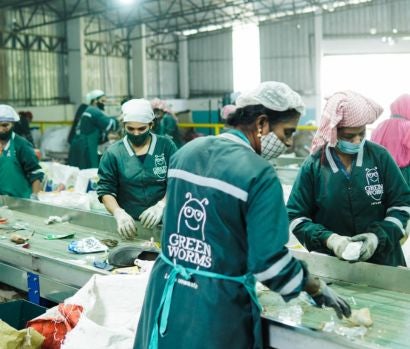
This landscape guide is intended to outline India’s current context in recycling and circularity, with a focus on the investment potential, opportunities and business models in the ten most significant waste streams in India. It provides a framework for how investment potential in a waste stream can be determined, which covers five areas that define that potential: market size and growth; investable start-up pipeline; product readiness; policy support; financing needs and gaps. The guide also includes a historical outline of investments and funding in each waste stream and outlines the roles and participation of various types of equity funders, along with the potential and participation of non-dilutive funding options.
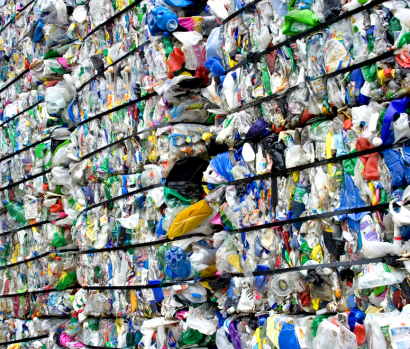
India grapples with a substantial plastic waste challenge. In 2021, according to government data, the country generated nearly 26,000 tonnes of plastic waste daily, amounting to approximately 4.1 million tonnes over the year. However, other estimates state that the actual figures are more than double, with an estimate from a recent Nature paper, stating that India generated 9.3 million tonnes of plastic waste in 2023. A significant portion of that waste, approximately 75%, consists of three primary polymers: polypropylene (PP), polyethylene (PE) and polyvinyl chloride (PVC), with the remainder coming from other polymers such as polystyrene (PS), high-density polyethylene (HDPE), low-density polyethylene (LDPE), and polyethylene terephthalate (PET). The key opportunities for plastic circularity in India are emerging around enabling higher-quality recycled outputs, packaging solutions and circularity in traditionally hard-to-recycle segments, such as flexible and multilayer plastics. These cascade into specific opportunity areas across the value chain, which are summarized in this report
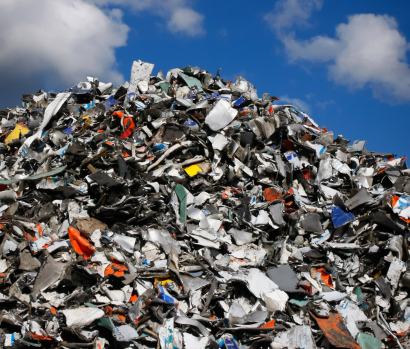
This guide focuses on the management and handling of municipal solid waste (MSW) from its initial collection to how it is processed and dealt with at landfills and dumpsites. It also covers some solid wastes with lower-value recycling potential or volumes, e.g., biomedical waste, paper waste, and base metals from non-electronic waste sources, such as aluminium and copper. Managing the close to 60 million tonnes of MSW that India generates annually is a daunting challenge. 90% of that waste is apparently collected but lower levels of processing – around 50% – show a significant amount is either not processed or remains unaccounted for, highlighting inefficiencies in waste management systems. Projections indicate a staggering increase in MSW generation, nearly tripling to 165 million tonnes by 2031. There are significant opportunities to improve waste processing and resource recovery in India’s MSW sector through decentralization, automation, and logistical improvements.
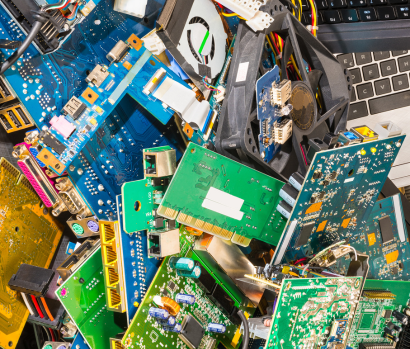
India is a significant player in the global e-waste landscape, contributing approximately 4.1 million tonnes of electronic waste (e-waste) in 2022, which accounts for approximately 7% of the world's total e-waste output. In 2021, one-third of India's e-waste was managed through formal and informal channels, with 80 to 90% of e-waste management operations handled by the informal sector. By 2030, India's e-waste output is expected to escalate significantly, reaching approximately 9 million tonnes (based on our estimates), which would represent about 11% of the global e-waste forecast for that year (82 million tonnes). India’s e-waste and LiB recycling sector offers multiple avenues to create value through innovative business models. The key opportunities range across advanced metal and rare earth extraction, integrated recycling, interim recycling for high-demand metals, second-life electronics and batteries. These cascade into specific opportunity areas across the value chain, which are summarized in this report.
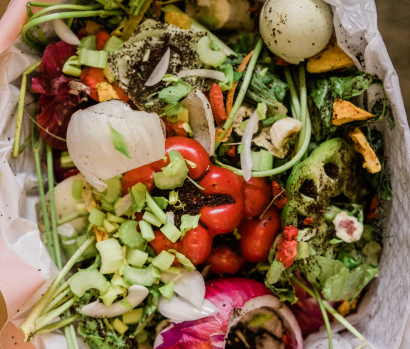
India presents significant opportunities for new businesses to create value by leveraging agricultural, food and biomass waste. Agricultural biomass, which primarily consists of post-harvest crop residue and waste from livestock, is the largest source of waste in India – the country generates approximately 350 million tonnes annually. Agricultural and biomass waste generation is also expected to increase as food production increases, especially for staple and cash crops like rice, wheat, maize and cotton. Biomass is used in diverse applications from fodder for cattle and household cooking to the production of biogas, manure and renewable fuels such as bioethanol and biodiesel.
Biomass caters to a substantial portion of India’s rural energy demand, fulfilling approximately 80% of it. Low-cost biomass solutions play a particularly significant role in rural settings, where small-scale energy needs predominate. Conversely, more sophisticated biomass technologies are used in applications such as energy generation or fuel production, especially for large-scale operations. These opportunities relate to improved collection, waste-to-energy solutions, and diverse biomaterials.
